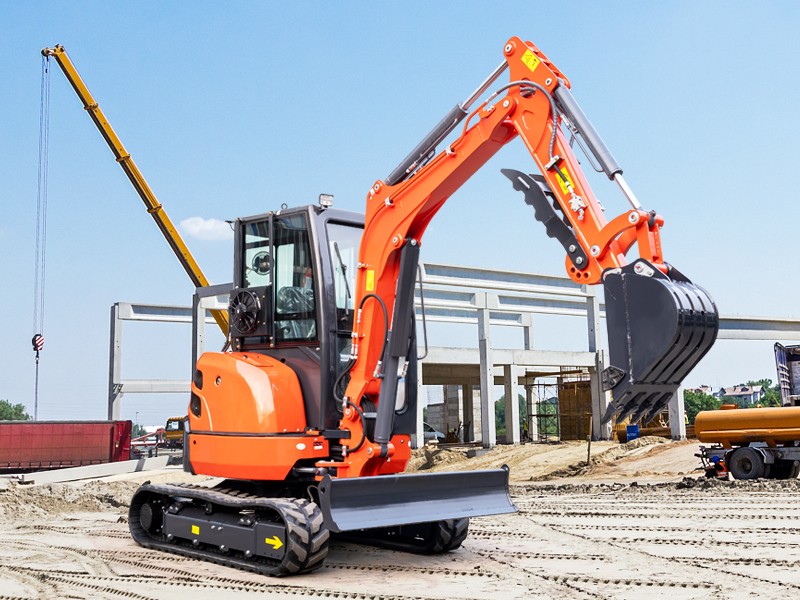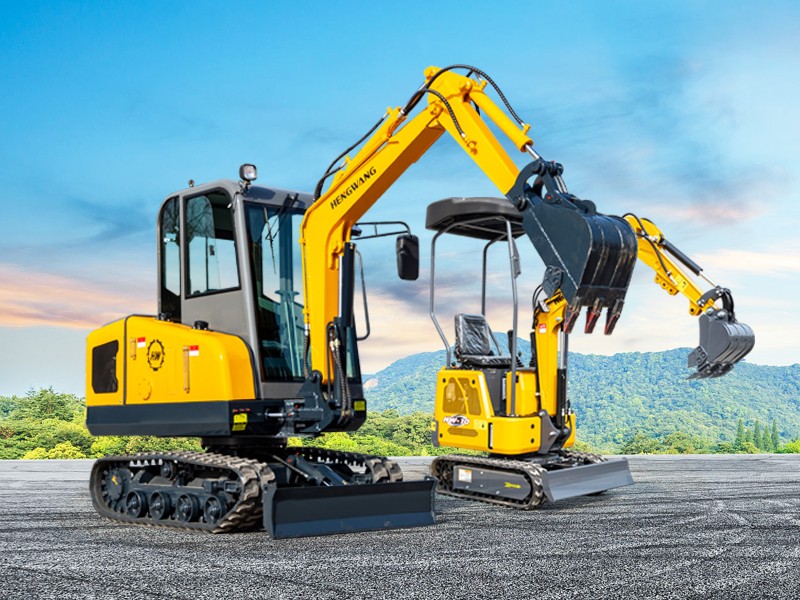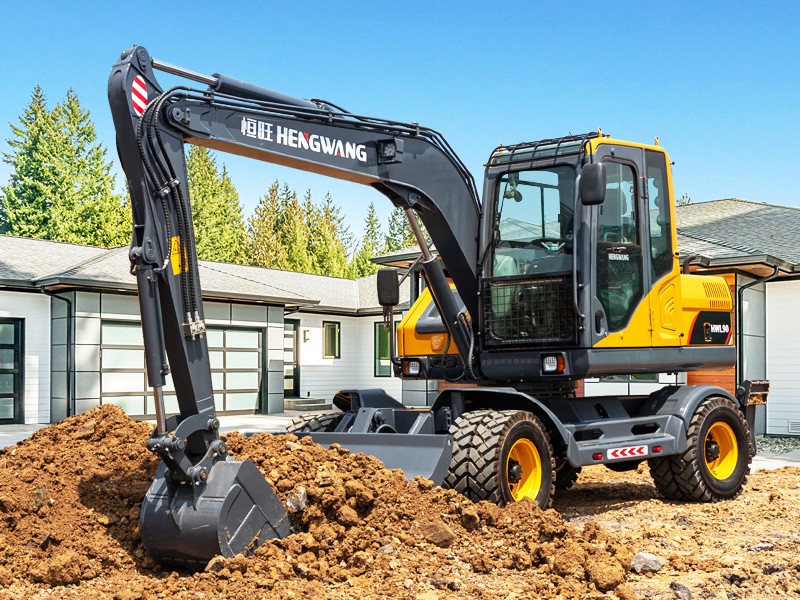Things To Pay Attention To Before Using The Excavator
May 10, 2024
1.Check equipment integrity: Make sure that all parts of the excavator, including the engine, hydraulic system, electrical system, transmission mechanism, operating equipment, braking parts and various instruments, are intact.
2.Check and add fluids: Check whether fuel, lubricating oil, cooling water and hydraulic oil are sufficient, and add if necessary.
3.Check the electrical system: Confirm that the electrical lines are well insulated and the switch contacts are working properly.
4.Check the wire rope: Check whether the wire rope and the wedges fixing the wire rope are firm and reliable without damage.
5.Check lever positions: Make sure all levers are in neutral and the main clutch is released.

6.Safety warning before starting: Before starting the engine, a signal should be sent to warn people around you to pay attention.
7.Check the surrounding environment: Make sure there are no obstacles or other people around the excavator to ensure the safety of the working area.
8.Check the stability of the outriggers: If it is a tire-type excavator, make sure the outriggers are stable.
9.Check the tracks and tires: Make sure the tracks or tires are not damaged and the air pressure meets the regulations.
10.Check the boom and bucket: Make sure there are no cracks or other damage to the boom and bucket, and the connection is firm.

11.Check lighting and signals: Make sure all lighting and signals are working properly.
12.Check the fire extinguisher: Make sure the fire extinguisher on the excavator is working and easily accessible.
13.No people allowed: When starting the engine, no one is allowed to stand in the bucket, on the boom, on the tracks and on the shed.
14.Familiar with operating procedures: Operators should be familiar with the safe operating procedures and emergency measures of the excavator.

15.Environmental adaptability: According to the construction conditions and task content, understand the height and depth of filled soil, slope and wire height, underground cables, pipelines and other information.
16.Daily routine maintenance: Inspect, maintain, adjust and tighten the excavator according to daily routine maintenance items.
17.Check safety devices: Confirm that all safety devices, such as emergency stop buttons, seat belts, etc., are in good condition.
18.Follow construction site rules: Once you enter a construction site, follow the site’s safety rules and instructions.
